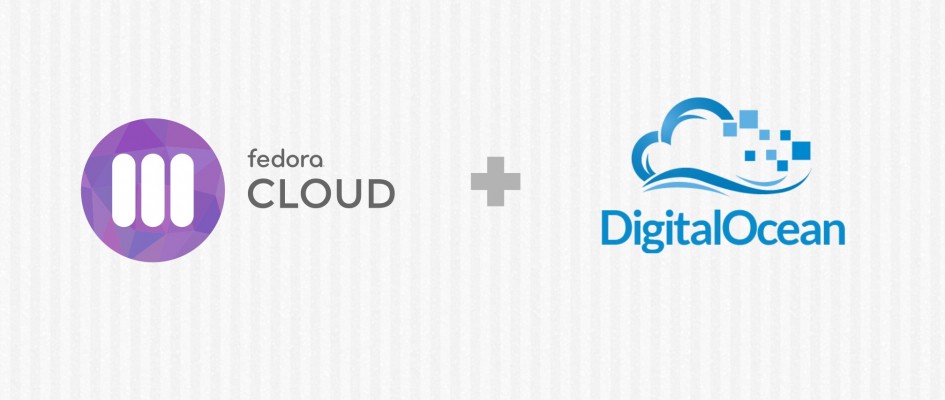This week was the release week for Fedora 23, and the Fedora Project has again worked together with the DigitalOcean team to make Fedora 23 available in their service. If you’re not familiar with DigitalOcean already, it is a dead simple cloud hosting platform which is great for developers.
Using Fedora on DigitalOcean
There are a couple of things to note if you are planning on using Fedora on DigitalOcean services and machines.
- Like with other DigitalOcean images, you will log in with your ssh key as root, rather than the typical fedora user that you may be familiar with when logging in to a Fedora cloud image.
- Similar to Fedora 21 and Fedora 22, Fedora 23 also has SELinux enabled by default.
- In DigitalOcean images there is no firewall on by default, and there is no cloud provided firewall solution. It is highly recommended that you secure your system after you log in.
- Fedora 23 should be available in all the newest datacenters in each region, but some legacy datacenters aren’t supported.
- If you have a problem you think is Fedora specific then drop us an email at cloud@lists.fedoraproject.org, ping us in #fedora-cloud on freenode, or visit the Fedora cloud trac to see if it is already being worked on.
Visit the DigitalOcean Fedora landing page and spin one up today!






Paul Knox-Kennedy
Although I haven’t seen it noted anywhere, you can also upgrade a F22 to F23 droplet using dnf system-upgrade. There was no visual feedback of progress during the reboot phase (I ran it on the Digital Ocean console) but it “just worked” for me. You have to set the kernel manually, but otherwise, wonderful.
Many thanks!
Justin W. Flory
Interesting info, thanks for sharing your experience, Paul!